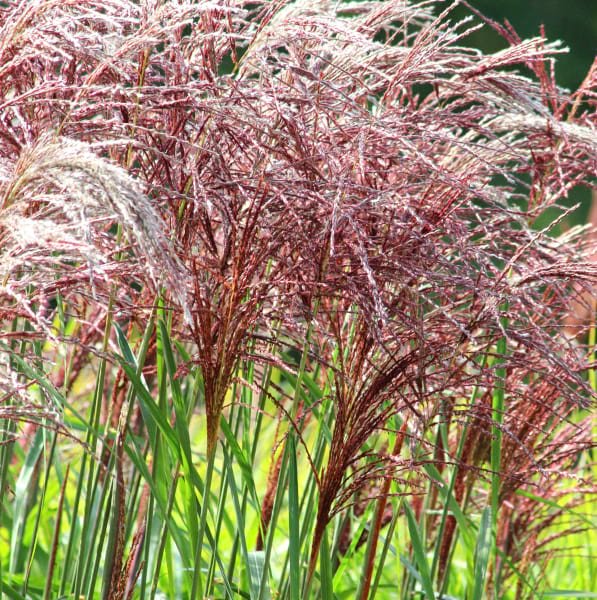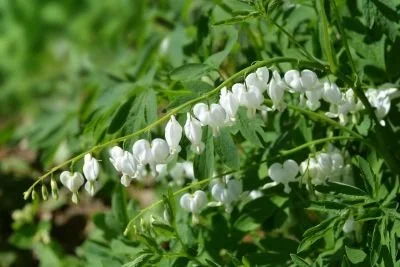How evergreens can provide year-round structure in your garden
Bare winter gardens are crying out for the structure, colour and even scent that evergreens can provide. As well as giving your garden plenty of rich winter interest, they can also be a dramatic backdrop to summer flowers.
Sculptural form for living artworks
Evergreen hedges and trees provide wonderful form and substance, while smaller shrubs fill gaps in borders, look sensational in pots and climb up walls.
You can arrange evergreens to provide sculptural focal points that draw the eye throughout your garden, clipping them into cones, boxes, balls and spirals. By clever use of repetition of both shape and colour you can generate a rhythm that flows from space to space.
Topiary, created by clipping Buxus sempervirens (common box) and Ilex crenata (Japanese holly), Taxus baccata (common yew), Laurus nobilis (bay) and conifers, works in many ways: as a standalone feature; to mark gateways and entrances; and when plants of various sizes are bunched together in beds or containers. Do make sure you bring in specialists for clipping to make sure your living artworks keep packing a wow factor.
Movement
To add movement to a winter garden it’s worth considering bamboo or tall grasses waving in the wind. Calamagrostis ‘Karl Foerster’ is a fabulous grass that looks good for a long period of time, and we also recommend Miscanthus sinsensis ‘Malepartus’ (silvergrass.)
Colours
Pittosporum tenuifolium ‘Eugenoides’
Evergreens come in a variety of colours and the following are a few of our favourites. Grey tones can be found in the aromatic foliage of Phlomis italica (phlomis) and Pittosporum tenuifolium ‘Oliver Twist’ has wonderful glossy grey-green leaves on slender black stems. For something a little more unusual Garriya elliptica (catkins) has impressive long grey-green catkins that emerge in Autumn and develop in December into silky tassels which remain until February.
Nandina domestica (heavenly bamboo)
Provide contrast using variegated evergreen foliage, including Pittosporum tenuifolium ‘Eugenoides’ (pittosporum eugenoides ‘variegatum’), Euonymus fortunei ‘Emerald Gaiety’ (evergreen bittersweet) and Hedera Helix ‘White Wonder’ (English or common ivy).
To bring a touch of red to your winter garden we recommend Nandina domestica (heavenly bamboo) for its elegant foliage with reddish tints, and Leucothoe keiskei ‘Burning Love’ (switch ivy), for long shiny leaves that turn from dark maroon to bronze with wine tints.
Scents
A hardy daphne odora such as D. ‘Aureovariegata’ or D. ‘Jacqueline Postill’ will bring your garden the double joy of gorgeous smelling buds that open to soft flowers in early spring, while Sacrcococca confusa (sweet box) has tiny white winter flowers with its own delicious scent. Myrtus communis (common myrtle) has glossy, pointed leaves that give off a fragrant aroma when crushed.
Screening
Evergreens offer the opportunity of screening unsightly views but caution needs to prevail to ensure your planting does not fall foul of right-to-light legislation that safeguards daylight and sunlight to neighbouring properties.
Our recommendations:
Prunus Lusitanica ‘Myrtifolia’ (Portuguese Laurel) – narrower leaves than traditional laurel and much prettier when clipped
Magnolia grandiflora – glossy dark green leaves with flamboyant fragrant flowers for an impressive contemporary green wall
Ilex maximowicziana kanehirae – a large-leaf, fast-growing Japanese holly, producing a profusion of tiny white spring flowers
Ilex castaneifolia (chestnut-leaved holly) – a vigorous grower with thick green leaves, autumn red berries and delicate spring blooms
Choosing evergreens for your soil
Evergreens planted in the right type of soil are generally low maintenance with a yearly feed and occasional clipping and pruning to keep them in shape.
Acid soil: rhododendrons, camellias, evergreen azaleas and pieris.
Neutral soil: while strength and flowering may be less when planting the evergreens above, applying sulphate of iron granules to the soil surface and digging them in will help by lowering soil PH.
Alkaline soil: grow your evergreens in large pots with ericaceous compost, but do make sure it is peat free.
Aucuba japonica ‘Crassifolia’
In a shady spot, Fatsia japonica (Japanese aralia), Mahonia x media ‘Charity’ (mahonia) and Aucuba japonica ‘Crassifolia’ (Japanese laurel) will all flourish.
Finally, aim for evergreens as a third of your garden shrubs and you should achieve a beautiful balance of dramatic backdrop, winter interest and summer colour.
Please get in touch to see how we can help you with your garden. You can reach us on 0207 305 7183 or email at enquire@alasteranderson.com









